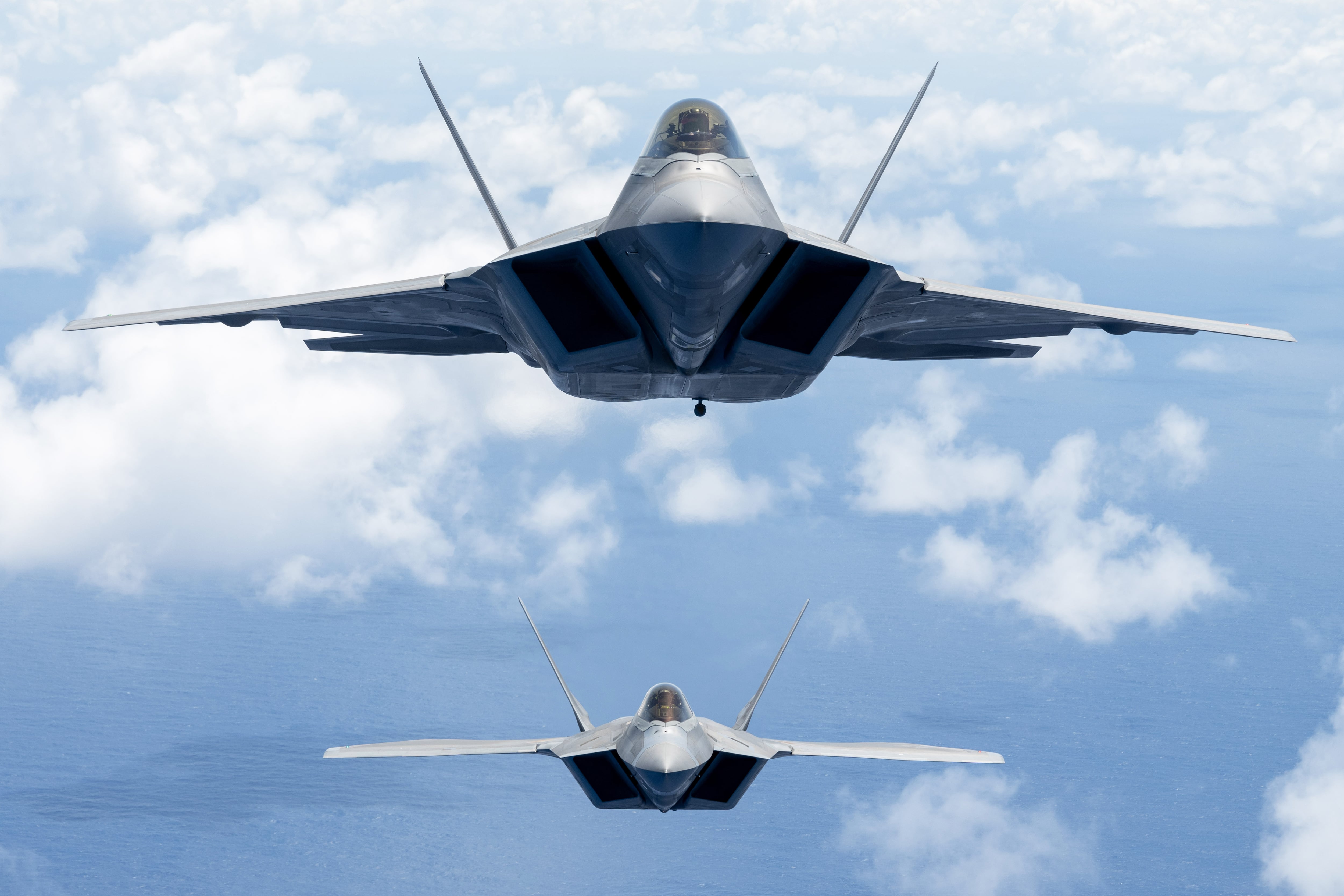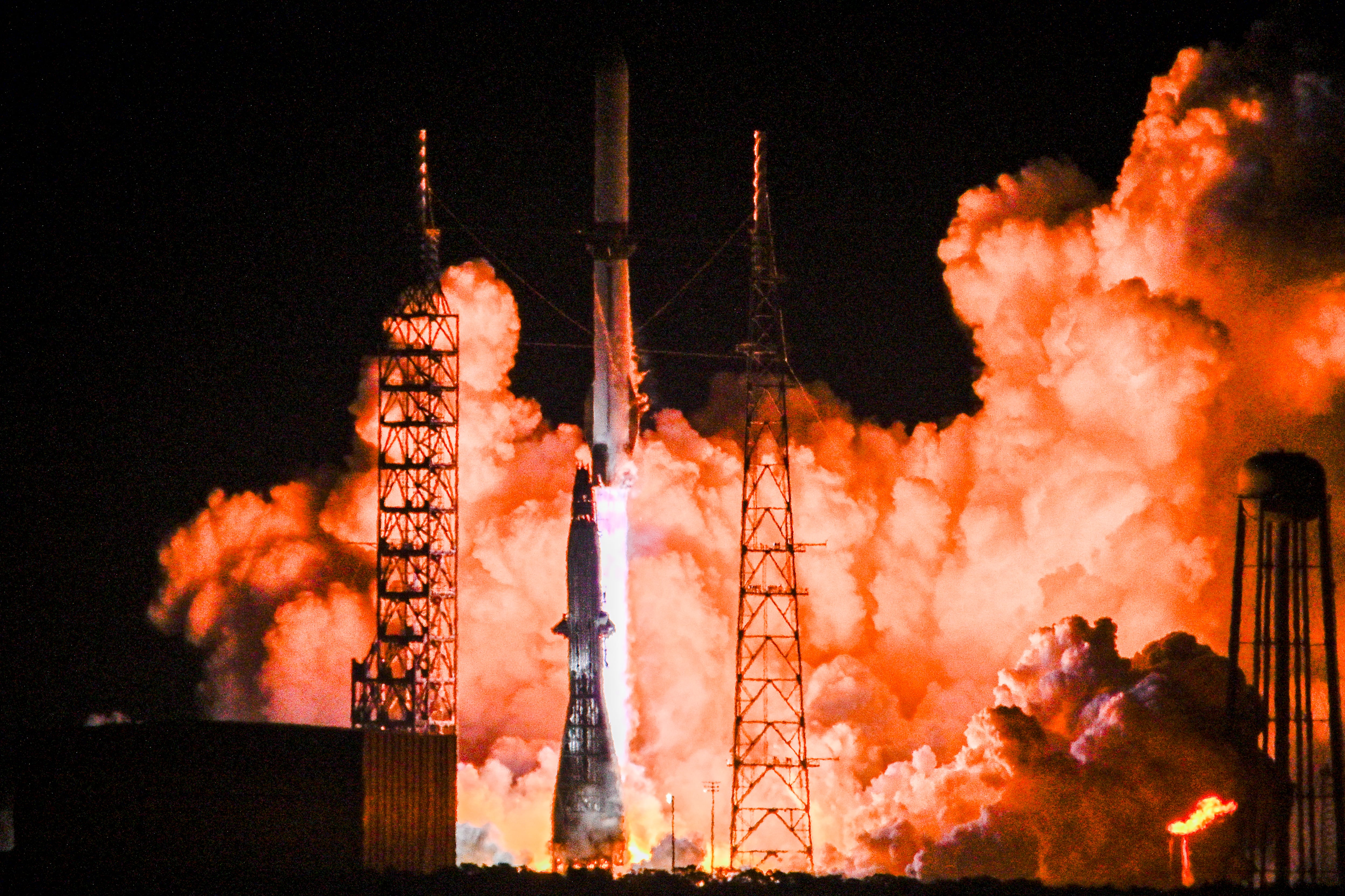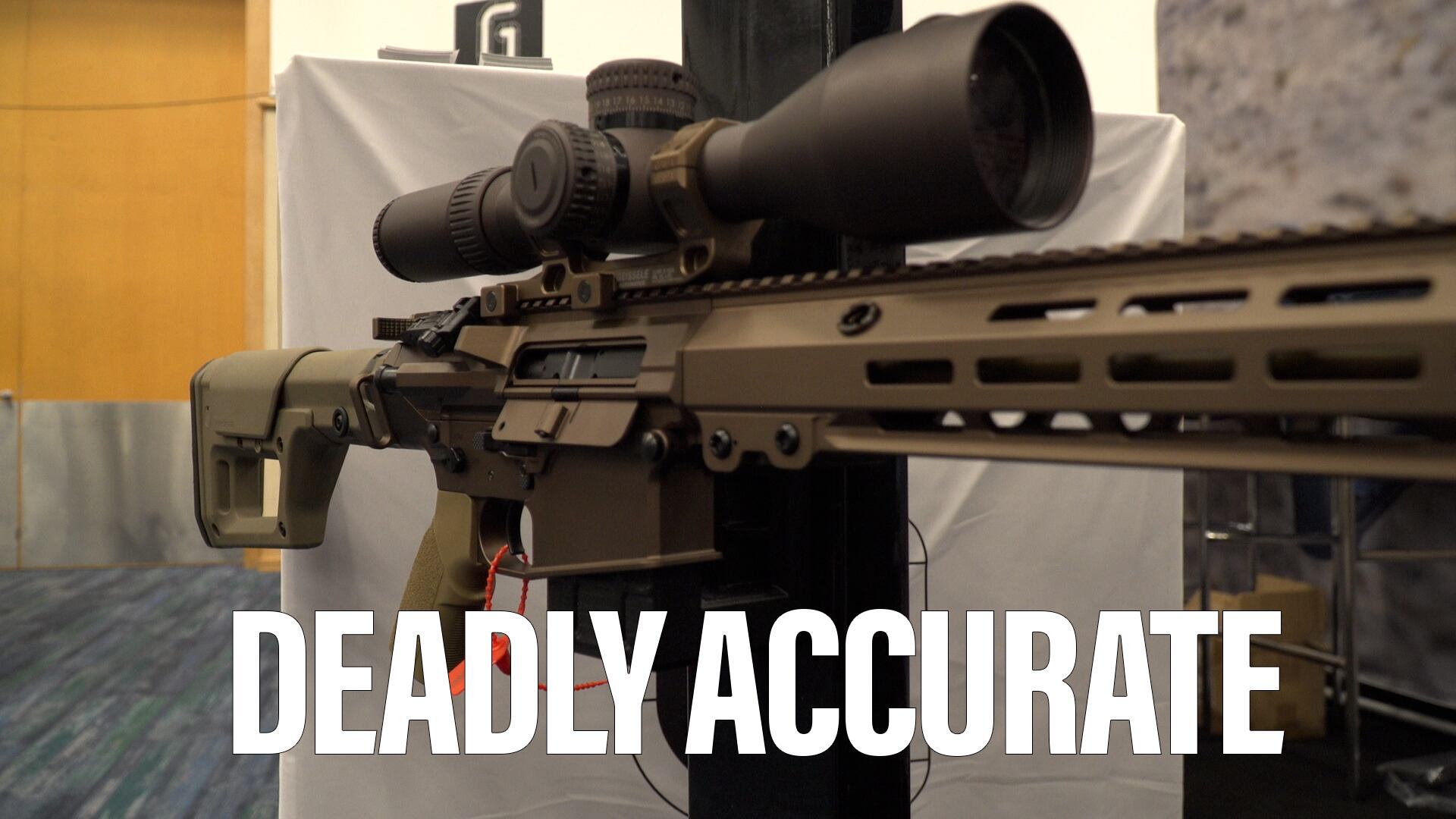What's next in the way of game-changing technologies? A panel of industry and military leaders provided interesting answers to this question during the Air Force Association's Air, Space and Cyber Conference on Sept. 20.
Multi-functional sensors and systems appeared to be the most popular capability coming up the pike, according to Thomas Jones, sector vice president and general manager of advanced concepts and technologies at Northrop Grumman Mission Systems, and James O'Neill, president of BDS Development at Boeing. Jones said these sensors can help to outpace current threats.
Citing the most recent advances in microelectronics, he said: "Imagine a single antenna that can be" a signals intelligence system, an electronic warfare system and a communications system all at once. Imagine the power of taking that system and going back and forth between functions; not only would this save coveted size, weight and power but it would also be a whole new way of processing data, he said.
Both O'Neill and Jones included the power and coupling of data analytics with these multifunctional sensors, which Jones said could propel the industry into a "whole new way of fighting."
According to James Dorrell, vice president of technology and product innovation with advanced development programs at Skunk Works, said multidomain autonomy is what's next. "We are starting to see autonomy in the singular domains," he said, which include cyber, air or space. "The ability to tie the domains together into the highly automated to what's being done in the cyber realm is integrated with the space and with the airborne realm, and it all happens highly autonomous."
While he said he doesn't think there will be a completely autonomous capability, this general concept is "a big thing that's next."
Multidomain command and control was a big theme at the conference, with Air Force officials discussion how to link together multiple domains of warfare and information. Air Force Chief of Staff Gen. David Goldfein has honed in and touted on this concept of multidomain command and control several times in the past. While mentioning it during a keynote presentation on Tuesday, he more clearly articulated this concept during an Air Force town hall in July.
Goldfein talked about the necessity of bringing together three grids: a sensing grid, an effects grid, and overall command and control, which fuses the sensing and effects grids together.
"How do we actually sense the globe and gather data and turn that data into decision quality information for leaders to actually make the decisions they need to make in the time frame that we need to make them so we stay one step ahead of the enemy? And that sensing grid has got to expand from — in six domains," he said of the sensing grid including air, land, sea, space, cyber and undersea as the six domains.
In terms of the effects grid, "now that I’ve got this information, now what do I do about it?" he asked rhetorically. "Do I want to create an effect that’s kinetic or non-kinetic; lethal or nonlethal; attributable so that people know that I’m out there or unattributable so people don’t know that I’m out there? Do I want to do this in which ways and which element of the force, and how do I tie that together between effects and sensing? And what brings those two grids together is command and control."
Air Force Research Laboratory Commander Maj. Gen. Robert McMurry said Tuesday that human performance monitoring is one area he is interested in exploring. Noting that this is done in several industries, he said the force instruments just about everything except people. Being able to assess when humans are at their peak performance is going to be huge, he added.
Mark Pomerleau is a reporter for C4ISRNET, covering information warfare and cyberspace.








